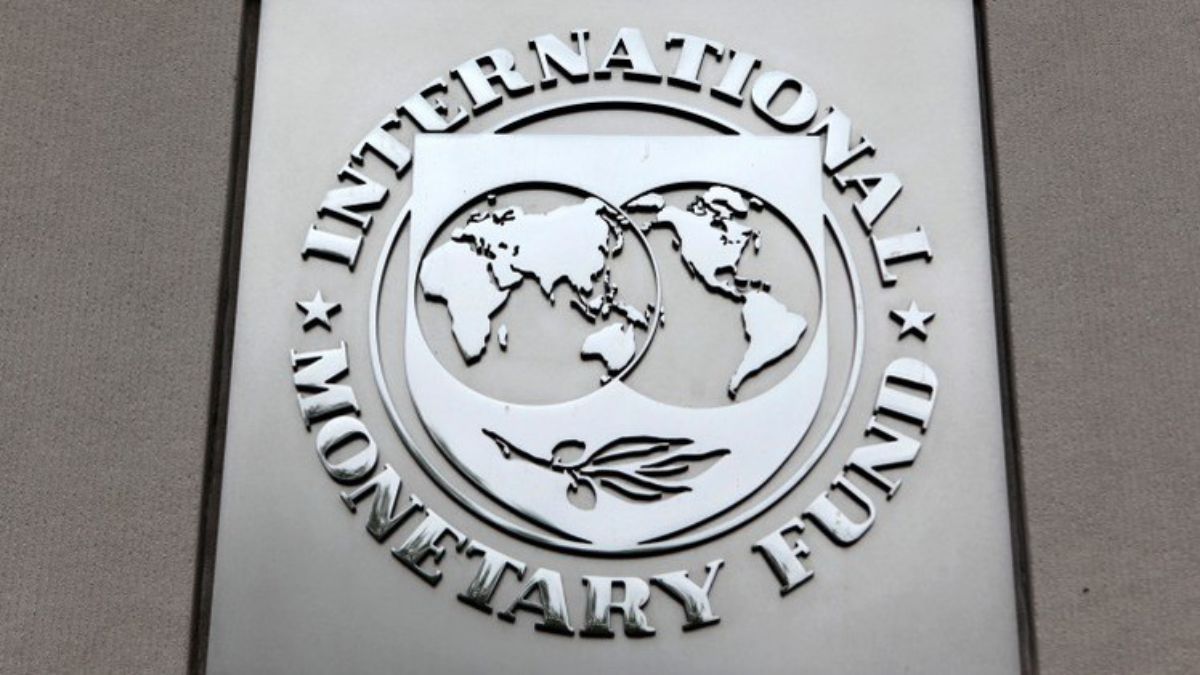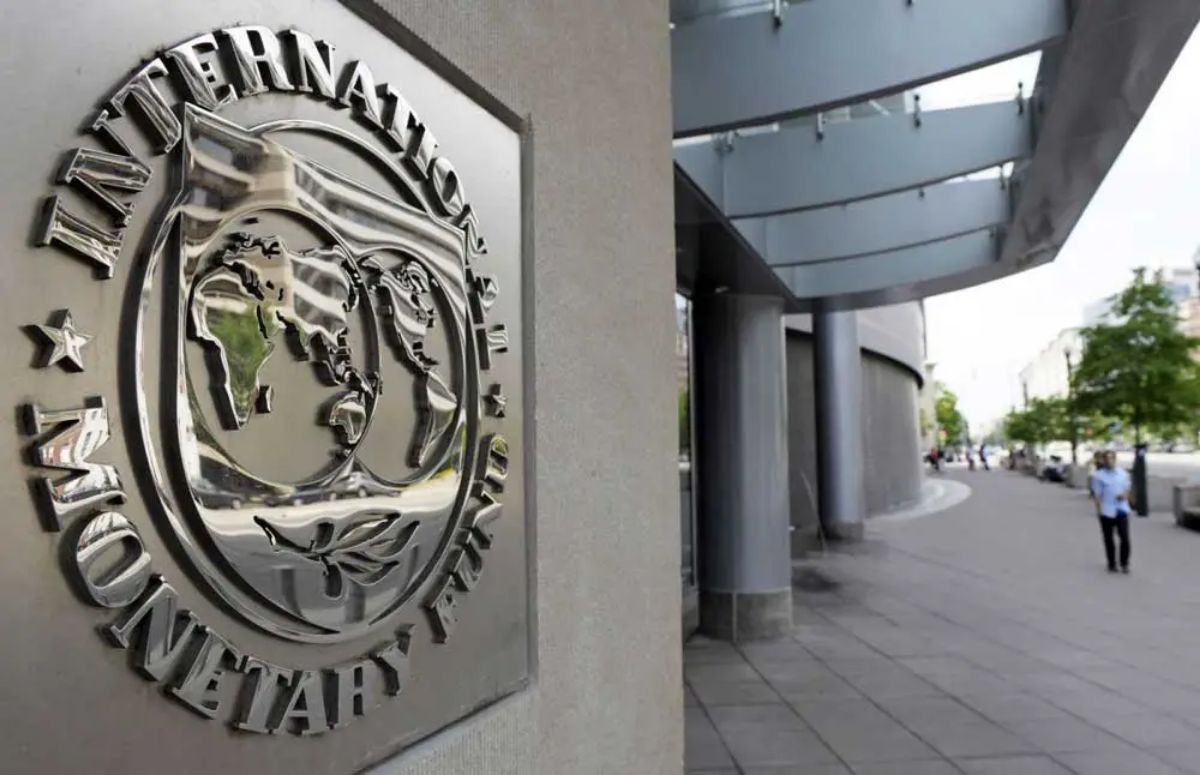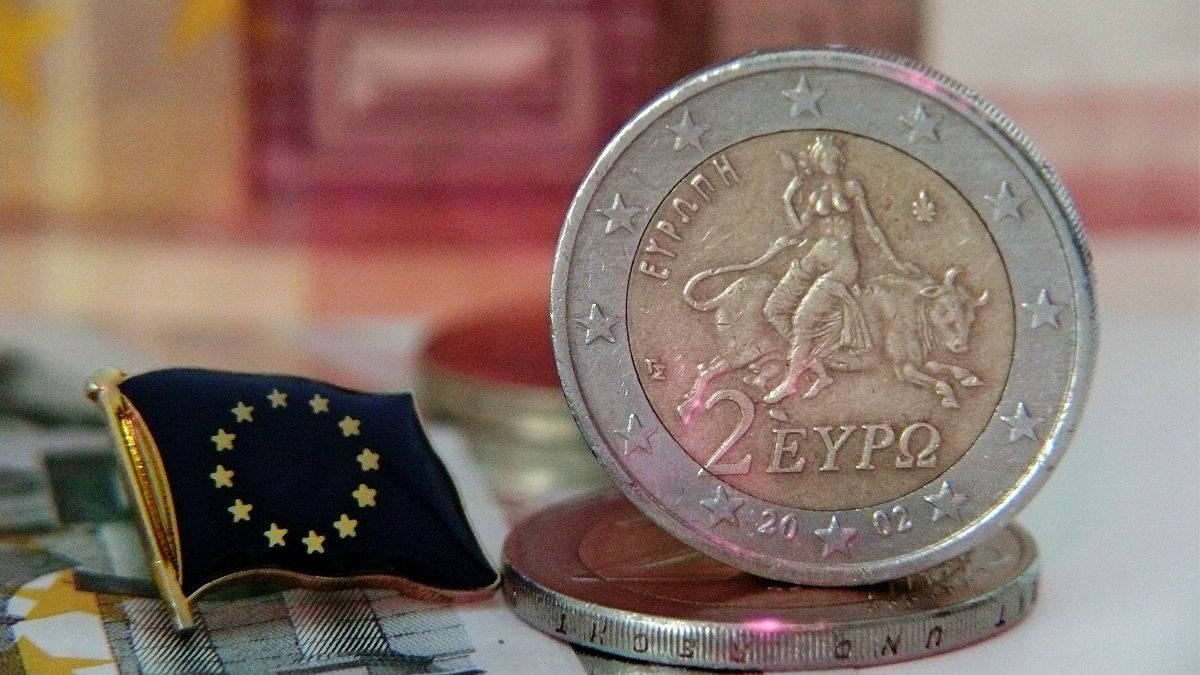
IMF photo source: RT news
Surely Have you ever heard about the IMF, be it on television, in the press, on the radio ... It is a fairly important body, but what is the IMF?
Below we will tell you what type of entity these acronyms correspond to, what its function is and other aspects that will clarify much more what it does.
What is the IMF

Source: Ministry of Economy, Planning and Development
First of all you should know that the acronym IMF refers to the International Monetary Fund. It is an organization considered the axis of the international monetary system. In other words, we are talking about an entity that was created under the United Nations that sought to financially stabilize all countries.
It is made up of 184 countries whose role is to work to promote global monetary cooperation, that is to say, that all the countries collaborate so that there is a balance between the currencies. But it is also responsible for ensuring financial stability, international trade, promoting employment as well as economic growth.
To achieve all this, the countries themselves are the ones that have to follow the guidelines established by the IMF. And how do they do it? Through reforms within the economic legislation.
When the IMF was created
The IMF, or International Monetary Fund It was created in the mid-40s, specifically in 1944, when a United Nations conference was held in the United States. (by John Maynard Keynes and Harry Dexter White). The well-known conference of the Bretton Woods agreements (which is where it was held), proposed an international treaty in which more than forty countries gathered there decided to sign, since it was an aid to cooperate economically at a global level with the objective of alleviating the Effects of the Great Depression.
However, we cannot formally say that the IMF was created until December 1945, when it was formally established, in this case with 29 signatory countries, which shortly after 15 more joined, making a total of 44 members.
Thus, the existence of this body was born because it was intended to be an institution that would regulate the international monetary system, not only for international payments, but also for the exchange rates of national currencies. In this way, they had a tool with which to avoid crises, since they advised - and advised - countries to adopt well-founded economic measures to avoid crises or major problems.
Currently, and since 1948, the IMF has the same level of recognition as other institutions, such as WHO, UNESCO, FAO ...
How the IMF and the World Bank are different
Know that both the IMF and the World Bank have the same origin. Both were born out of the Bretton Woods Conference in 1944. However, they deal with different topics.
While The World Bank aims to work with developing countries and try to reduce poverty In them, increasing prosperity, what the IMF does is stabilize the international monetary system.
In other words, the World Bank is in charge of offering financing, advice and technical assistance; But it is the IMF that makes the loans and monitors the economy.
Who makes up the International Monetary Fund
As we have said before, the IMF is made up of 184 member countries, and each and every one of them has a representation. In fact, they have:
- The Board of Governors. Where the member countries are represented. This meets once a year appointing a governor who represents them, along with an alternate governor (in case the former is incapacitated). He is charged not only with important economic policy issues, but also with delegating those issues to the Board of Executive Directors.
- The Executive Board. In which there are 24 executive directors. He is chaired by the Managing Director of the IMF and they meet about three times a week, in morning and afternoon sessions, although meetings can sometimes be held more frequently. Among the members, the United States, Germany, France, Japan, China, the United Kingdom, Saudi Arabia and Russia have their own seats, while the remaining 16 are elected for a two-year term.
How the IMF is financed

Although we are talking about a financial organization that is responsible for global financial stability, the truth is that, in order to carry out its work, it must have financial resources. But where does he get them from?
El International Monetary Fund has its own resources, which are the fees that each of the members has to pay for belonging to this entity. The quota is not something fixed, but is calculated on the basis of each country and which is based on the growth of its economy (GDP is analyzed and it is reviewed every five years). Thus, the country with the best growth will pay more than the one with the least.
However, this source it is not the only one used to finance the IMF. There are more options such as:
- Credit capture, that is, being able to become a kind of "bank" to obtain a profit for lending money.
- Loan agreements. Specifically, we are talking about two types:
-
- General Agreements to obtain loans (dating from 1962).
- New loan agreements (a revision of the previous ones that were established in 1997).
How the International Monetary Fund helps countries

One of the questions that many tend to ask is how the IMF helps countries. And it is that among the functions that we have commented to you before, one of them is also to offer financing to the countries.
In other words, we talk about the IMF itself can offer aid and loans to countries when they cannot with their debt. And how does he do it? Through giving you the ability to influence economic policies. That is, they lend the money as long as a series of goals, requirements and changes in economic policy are carried out, but not to benefit the organization, but to try to clean up, in some way, the country's economy, so that it do not depend on the loans of others.
As you can see, knowing what the IMF is is easy, and somehow it becomes a very important organization for the economic stability of all the countries of the world (or almost all, since only 184 of the 193 that exist in all would be integrated). the world).
Has it become clearer to you what it is, the functions, financing and the most important aspects of the International Monetary Fund?